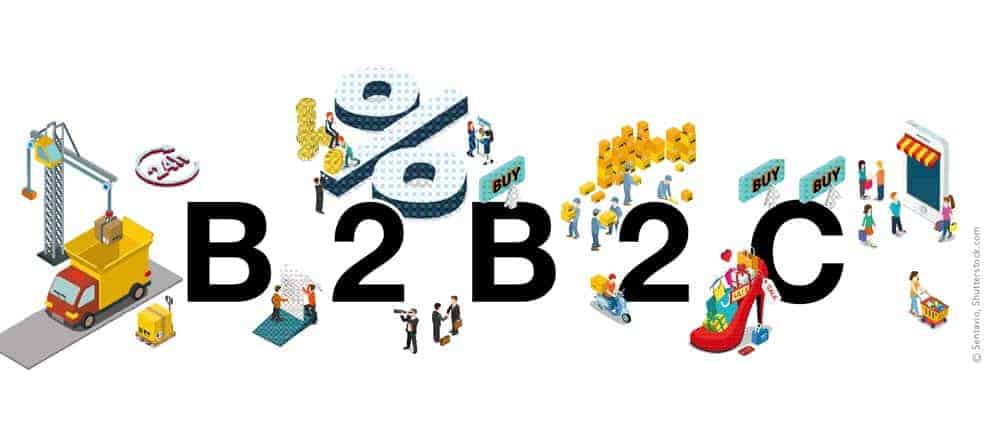E-commerce implementation adventure


Due to their complexity, e-commerce projects always involve risks. Delays in the development process, technical challenges in connecting the existing system landscape with SAP or Microsoft backend systems or external payment, scoring or fulfillment systems cause customer dissatisfaction due to the time delay and rising project costs.
At Smart Commerce, we have taken on this challenge and addressed these problems with a defined approach. With this "Smart E-Commerce Implementation" (SeCI), the project duration can be significantly reduced to less than 100 days.
The technological basis of the e-commerce system is Hybris Commerce, which has proven itself as an individually adaptable platform for customers. The implementation works in a plannable and controllable way to meet customer needs and simplifies complex sales solutions. It takes place in three phases: Planning, development and go live.
Implementation roadmap
The results of the plan phase are the definition of the project contents and the planning of a possible project flow. This includes the analysis of customer requirements, the evaluation of existing processes (e.g., business process gap), and the creation of a project roadmap.
All possible project-specific sub-goals of the following build phase are subordinate to this main goal: At the end of the build phase, an executable system is available. Subgoals result from the tasks of the build phase.
Contents are: setting up the technical project infrastructure as a necessary prerequisite of the development work, creating the customer-specific interfaces of the web pages, developing the system functions required by the customer to meet his business needs and integrating external systems or customer third-party systems.
The build phase is based on the Scrum iterative process model, which works towards the go-live in two-week cycles.
Go Live
The goal of the Go Live phase is to start generating revenue from the new e-commerce system. After the plan and build phase, SeCI supports the user during the "Go Live" handover.
This means that the data is migrated and the customer is provided with the productive system online for acceptance. End-to-end tests test all components of the e-commerce platform together, i.e. the actual application including browser, web server, database and any other infrastructure.
The future users of the e-commerce system are trained, system acceptance takes place, and finally the system goes live. When the e-commerce system goes live, the initial project ends and the transition to a "continuous enhancement phase" takes place; a process of implementing continuous further developments and improvements to the e-commerce system in small steps begins.
A key goal was to create a combination of methods and tools tailored to e-commerce projects that would enable very rapid implementation of features to meet business requirements.
This results in savings in the planning phase as well as in the development and go-live phases. In fact, this path is less expensive compared to traditional methods and makes it possible to successfully implement e-commerce projects based on Hybris in less than 100 days.






